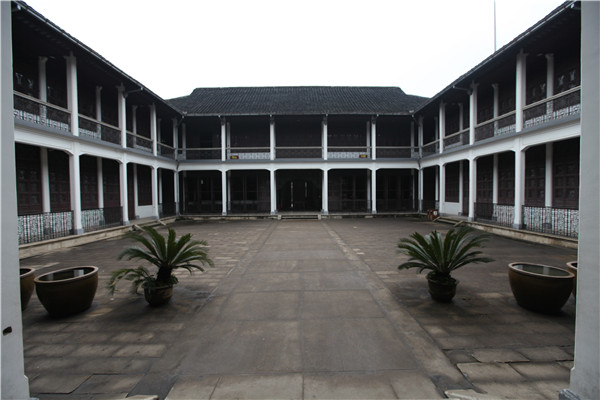East China hub of private libraries in ancient times
 |
|
Jiaye Tang, a private library in Huzhou, Zhejiang province. [Photo provided to China Daily] |
Historical records show the earliest known Chinese private library appeared in the Northern Wei Dynasty (386-534), following the spread of papermaking technology.
More than 1,000 major private libraries existed throughout ancient Chinese history.
Founded by Fan Qin, an official of the Ming Dynasty (1368-1644), in 1561, Tianyi Ge in Ningbo, Zhejiang province, is among the earliest surviving private libraries in the world. It had more than 70,000 volumes of books in its heyday.
The site was renovated in 1933 following a typhoon.
Jiaye Tang in Huzhou, also in Zhejiang, was founded by a business tycoon in 1920, and remains the largest traditional private library in China with its 13,000-square-meter area.
The Taiping Rebellion, a revolt from the 1850s to 1860s against the Manchu rule, stirred social upheaval in areas along the southern banks of the Yangtze River, and collections in many private libraries there, a hub of literary institutions in ancient China, were destroyed or scattered during that time.






















